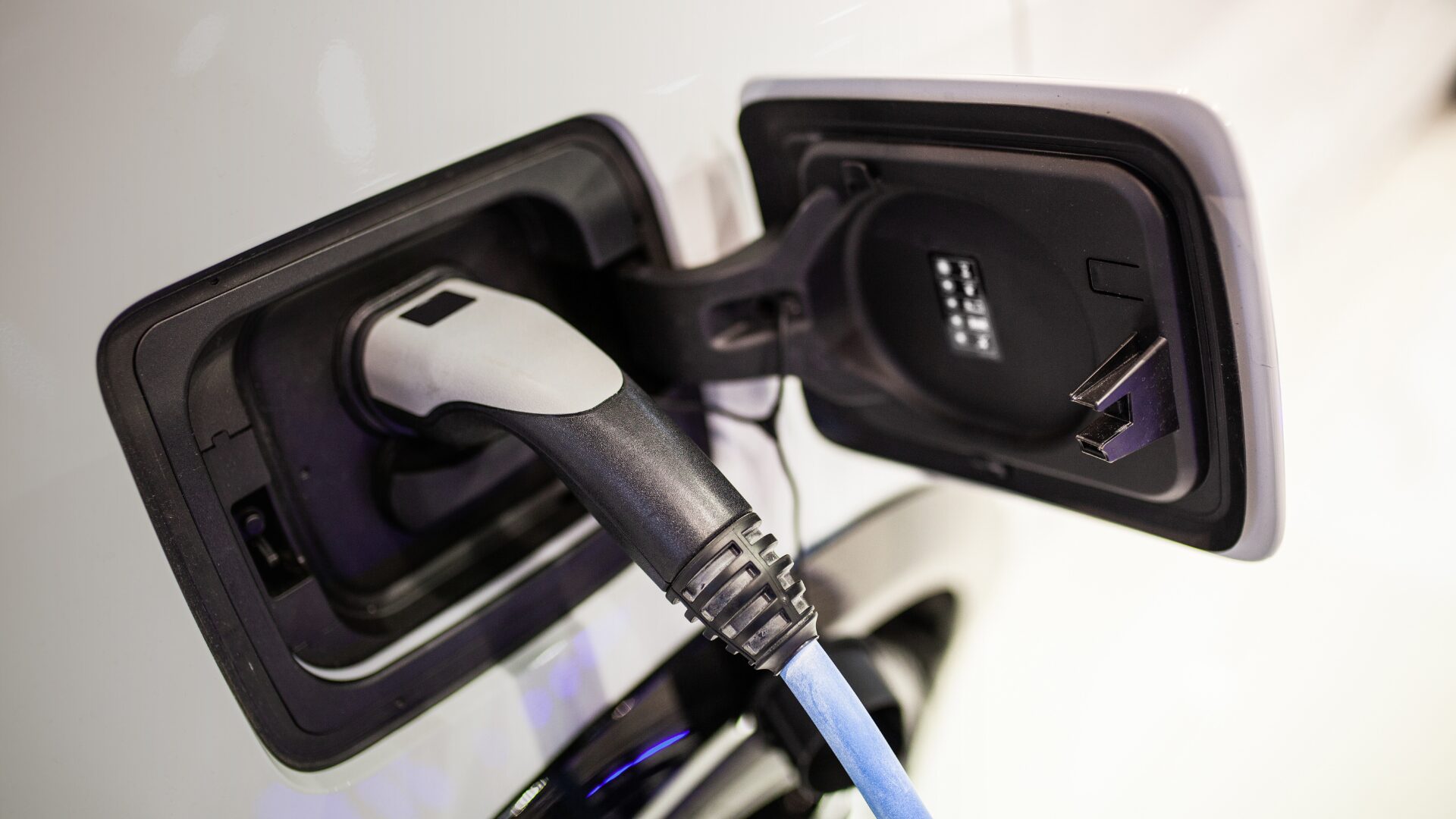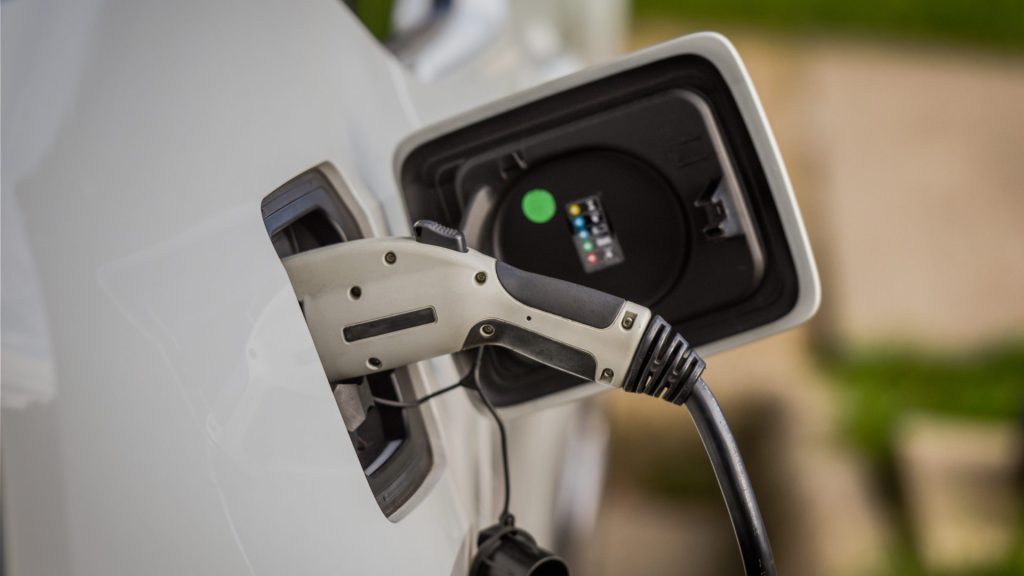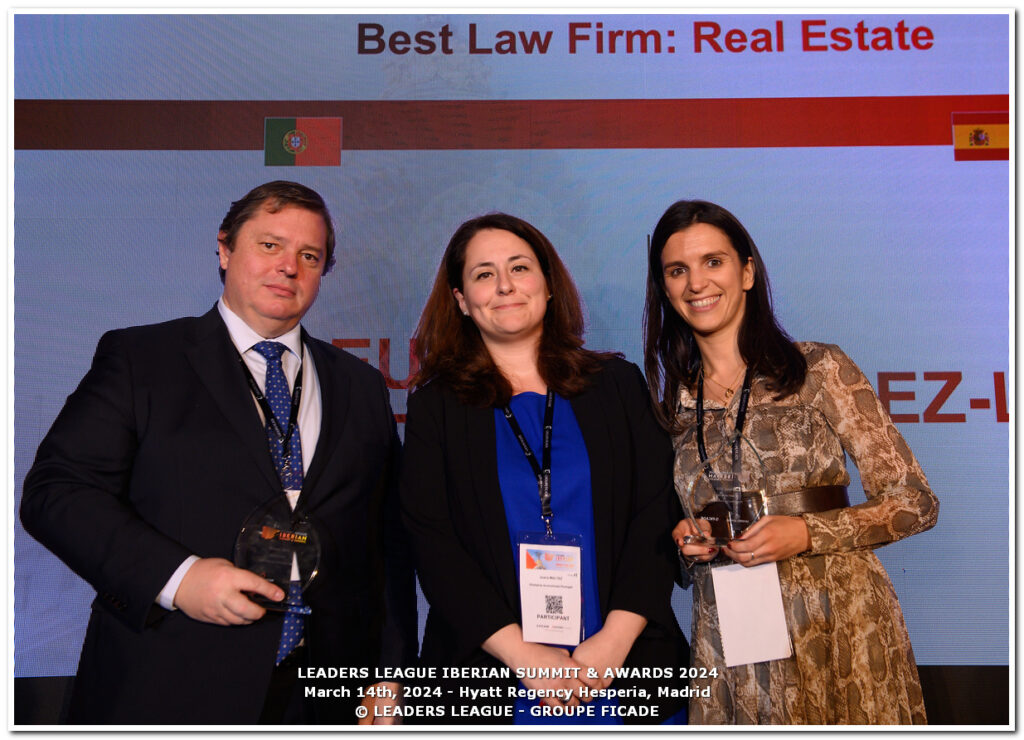26.08.2025
Industries: Energy & Natural Resources
New Legal Framework for Electric Mobility: liberalisation of the model, increased transparency and new deadlines for adaptation
Decree-Law No. 93/2025 of 14 August was published, approving the new Legal Framework for Electric Mobility (RJME) and repealing Decree-Law No. 39/2010. This law implements Regulation (EU) 2023/1804 (AFIR) into national law, profoundly redefining the organisation and functioning of the sector, focusing on liberalising the model, promoting competition, simplifying procedures and enhancing the end-user experience. The scope of the new framework also expressly extends to electric vessels (maritime and river), reflecting a broader approach to electric mobility.
End of centralised management and new market model
The new legal framework eliminates the requirement for centralised management of the electric mobility network, which until now has been provided by MOBI.E, allowing operators to establish and operate their own charging point networks, without prejudice to their obligation to allow universal access to all users.
This model is based on free competition, with operators being able to provide the charging service directly, purchase energy on the market or use self-consumption. The figure of the Electricity Supplier for Electric Mobility (CEME) is also abolished, removing a level of intermediation and reducing costs for operators, which were previously passed on to consumers/users.
The law provides for a transitional framework until 31 December 2026, during which the current platform will remain in operation for the purposes of data aggregation and transmission, with tariffs regulated by ERSE (Energy Services Regulatory Authority).
Ad hoc payments, price transparency and new legal definitions
Charging points installed or renovated must allow ad hoc charging, i.e. without the need for a prior contract, and must also guarantee the acceptance of electronic means of payment widely used in the European Union, including bank cards and QR codes. Operators must ensure the clear and visible display of applicable prices and their components before charging begins, including the disclosure of any overstay fee, and comply with the principle of non-discrimination between users and providers of mobility services.
The law also introduces, with legal force, definitions of “ad hoc charging”, “smart charging”, “bidirectional charging (vehicle-to-grid)” and “electronic roaming”, aligning national law with AFIR terminology.
For charging points with a power rating of 50 kW or more that are already installed and operational on the date of entry into force of the legislation, these payment means obligations will only be enforceable from 1 January 2027.
Data and interoperability
The Electric Mobility Data Aggregation Entity (EADME) is hereby established, responsible for receiving and transmitting to the National Access Point, managed by the IMT (Institute for Mobility and Transport), static and dynamic data relating to charging points, as required by the AFIR Regulation.
The EADME shall be designated by 31 December 2026 and shall operate independently from market operators.
Licensing and operation of charging points
The operation of charging points will now be subject to a license issued by the DGEG (Directorate-General for Energy and Geology), valid for 10 years and renewable, or, in certain cases yet to be defined by further regulation, upon prior notification by the licensee.
The new legal framework introduces the tacit approval of license applications, after 30 days without an express decision, and requires the taking out of civil liability insurance and the carrying out of technical inspections by Recognised Public Electrical Installation Inspection Entities (EIIEL), in Portuguese “Entidade inspetora reconhecida”, before the start of operation and every five years thereafter.
Installation on public property and strengthening competition
The installation of charging points on public property remains subject to a private use license. In the case of service areas, concessioned or sub-concessioned areas and municipal parking concessions, the respective concessionaires may install charging points, but must also reserve space and put the installation out to tender to other operators in order to ensure diversity of supply.
New urban planning requirements
New urban developments with parking facilities must include adequate electrical infrastructure for charging, with minimum power requirements to be set by ministerial order.
In existing buildings, any owner may install a charging point for exclusive or shared use, subject to prior notification to the building management. Opposition is only possible in strictly defined cases, such as safety concerns or where adequate shared charging points already exist.
Technology, energy and sustainability
The new legal framework covers smart charging and bidirectional charging (vehicle-to-grid), allowing vehicles to supply energy to the grid. Operators may resort to self-consumption and rules are provided for the economic valuation of emissions avoided when the electricity used comes entirely from renewable sources, through the issuance of CO₂ offset certificates, to be regulated by ministerial order.
Regulation, supervision and penalties
ENSE, E.P.E. (Nacional Entity for Energy Sector) and the AMT (Mobility and Transport Authority) are responsible for monitoring compliance, alongside ERSE’s regulatory role. In the event of serious non-compliance, including failure to obtain a license or give prior notice, failure to take out compulsory civil liability insurance or failure to carry out compulsory periodic inspections, the supervisory authority may order the immediate closure of the charging point and take the necessary measures to restore legality.
The law classifies minor and serious offences, setting fines that, for legal persons, can reach 40,000 euros in the most serious cases.
Next steps and regulations
The approval of several ministerial orders and regulations is expected within 120 days, which will establish essential technical and procedural aspects, including requirements for OPC licenses, technical rules for installation and operation, minimum power in buildings and data aggregation methodologies.








































